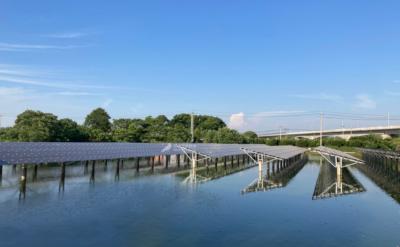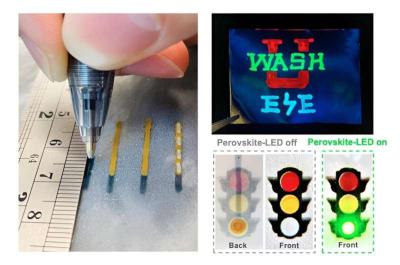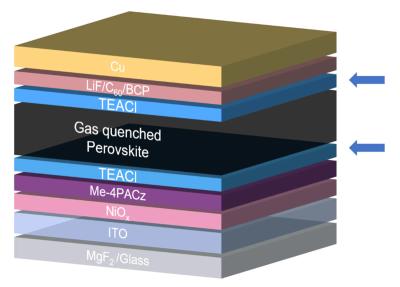Researchers from Gwangju Institute of Science and Technology (GIST), Korea Research Institute of Chemical Technology (KRICT) and Lawrence Berkeley National Laboratory have developed a highly efficient organometal halide perovskites (OHP)-based photoanode using a rational design approach, which addresses current limitations.
Currently, hydrogen is mainly produced by natural gas, which also generates greenhouse gases such as carbon dioxide as by-products. It is argued that hydrogen produced this way, while economical, is not truly sustainable, and thus requires a more eco-friendly approach for its generation. Photoelectrochemical (PEC) water splitting based on solar energy is one such promising approach. However, its widespread application is limited by a lack of efficient photoanodes for catalyzing the rate-limiting oxygen evolution reaction (OER), an important reaction in PEC water splitting. Organometal halide perovskites (OHPs) have emerged as a promising photoanode material on this front. Unfortunately, OHP-based photoanodes suffer from two undesired losses that limit their efficiency. One is an internal loss resulting from a recombination of photogenerated charge carriers (required for electricity generation) within the anode itself, which, in turn, hinders water splitting. The other is external loss due to the slow reaction kinetics of water splitting, resulting in a loss of charge carriers at the interface of the anode and electrolyte. These are the challenges tackled by the team in this recent work.




